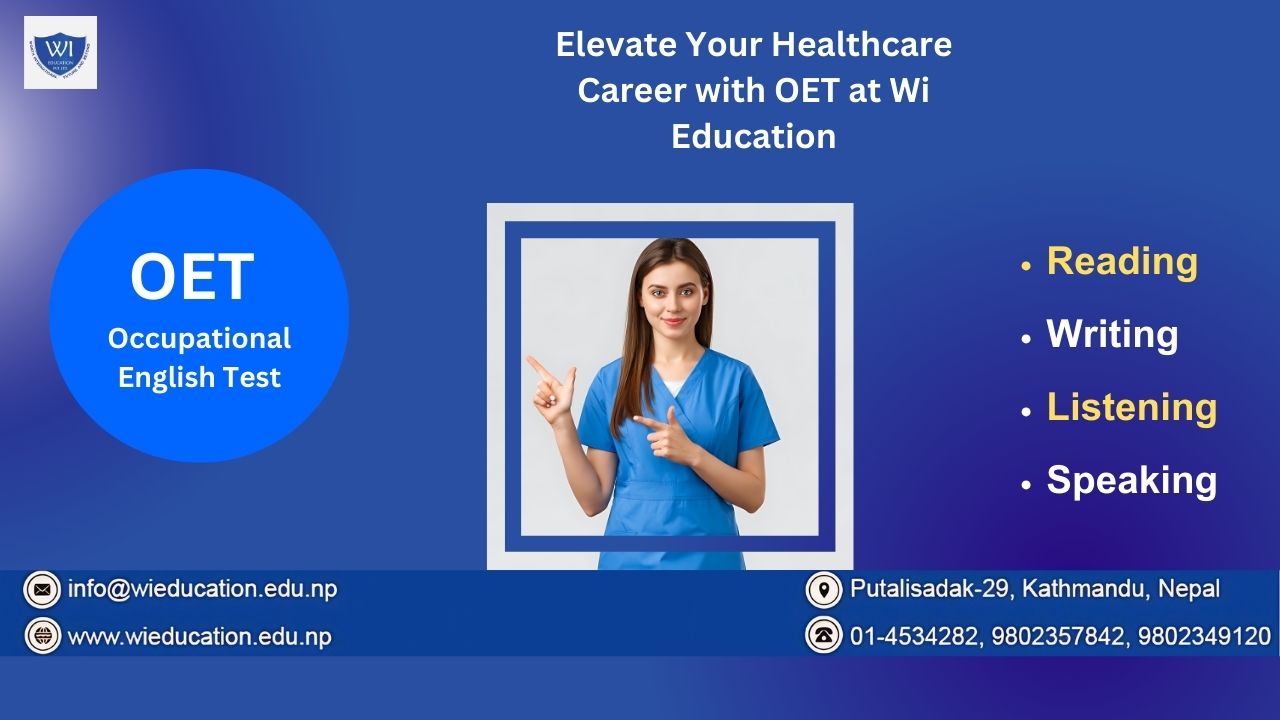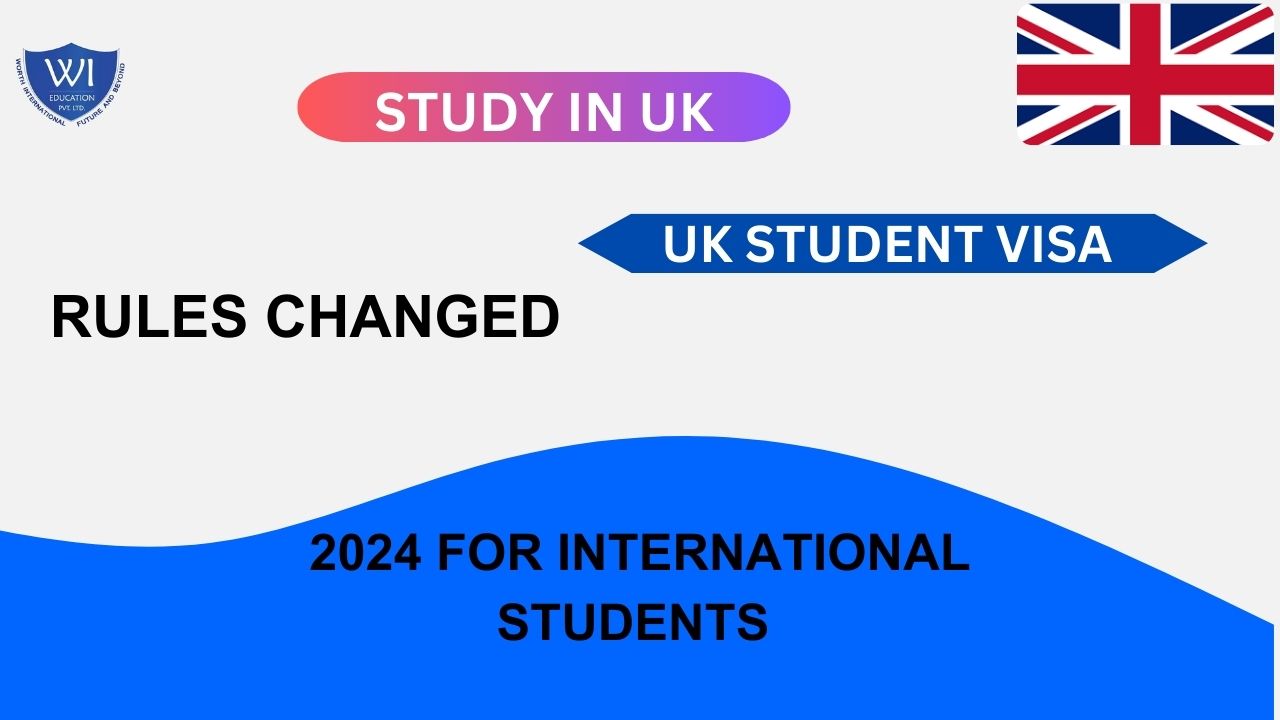The Occupational English Test (OET) is a globally recognized language proficiency examination specifically designed for healthcare professionals. Tailored to assess the language skills of candidates in the medical and healthcare context, the OET ensures that healthcare practitioners possess the necessary communication abilities to excel in their respective fields. This comprehensive test evaluates candidates across all four language skills – listening, reading, writing, and speaking – incorporating scenarios and content relevant to various healthcare disciplines, such as medicine, nursing, dentistry, pharmacy, and physiotherapy. The OET is highly regarded for its authenticity, as it replicates real workplace communication scenarios, allowing test-takers to demonstrate their language proficiency in situations they are likely to encounter in their professional lives.
The OET is not only a testament to linguistic competence but also a reflection of an individual's ability to effectively communicate in high-pressure and critical healthcare environments. The speaking component, for instance, assesses a candidate's ability to interact with patients, colleagues, and other healthcare professionals through role-playing exercises. The writing component evaluates candidates' skills in producing accurate and relevant healthcare-related documentation, such as case notes or referral letters.
One of the key strengths of the OET is its focus on the healthcare sector, making it a preferred choice for professionals seeking to demonstrate their language proficiency within the context of their specific industry. The test content is regularly updated to align with the evolving demands and standards of healthcare practice, ensuring that successful candidates are equipped with the language skills necessary for success in their careers.
Recognized by healthcare regulators and employers worldwide, the OET provides a fair and objective assessment of language proficiency, fostering confidence in the abilities of healthcare professionals to deliver safe and effective patient care. As a result, successful completion of the OET not only opens doors for international career opportunities but also serves as a validation of a healthcare professional's commitment to maintaining high standards of communication within their field.
OET Specification for 12 Health Professionals
Since its inception in the late 1980s, OET has been key eligibility for the healthcare professions such as:
- Dentistry
- Dietetics
- Medicine
- Nursing
- Occupational Therapy
- Optometry
- Pharmacy
- Veterinary Science
- Physiotherapy
- Podiatry
- Radiography
- Speech Pathology
OET Delivery Modes
OET exams are delivered by two modes:
-
OET on Paper at a Test Venue
-
OET on Computer at a Test Venue
How to apply for OET Exam?
Step 1 - Click on the Book button on the official OET Website.
Step 2 - Choose the exam delivery mode
Step 3 - Submit email id, preferred name and country location.
Step 4 - On the "About You Section", candidates are asked to fill in the gender, date of birth, first language and legal name (Legal name should match the name on the ID submitted on test day).
IDs accepted by OET are:
Passport: Displaying candidates' date of birth, full name, expiry date and photograph.
National Government Issued ID: Any identification issued by the government. ID must include their photograph, full name, and date of birth (DoB).
Step 5 - Specify the OET on computer, specify the month and select the test option (medicine or nursing).
Step 6 - Choose a location and find the test centers.
Step 7 - Upload id proof and process the payment (The OET Centre accepts Visa and MasterCard).
Step 8 - Candidates will receive a confirmation email with all the relevant information about the OET Exam.
Test Format
Listening (approximately 45 minutes)
The Listening sub-test consists of three parts:
-
Part A: Two separate consultations between a healthcare professional and a patient.
-
Part B: Six short dialogues or monologues in workplace settings
-
Part C: Two long presentations or interviews with health professionals.
Writing (45 mins)
The writing task will be based on a typical workspace situation and will vary from profession to profession. The overall duration to complete the OET writing exam is 45 minutes.
OET Writing Exam Structure
The OET writing task involves writing a variety of letters including a letter of discharge, a letter of transfer, a letter to inform or advise a patient, or a group.
The writing task varies from profession to profession. For instance, radiography professionals are tasked to respond to a written complaint.
The performance is measured by six criteria:
-
Purpose
-
Content
-
Conciseness & Clarity
-
Genre & Style
-
Organization & Layout
-
Language
Reading (60 minutes)
The OET Reading exam comprises three parts (OET Reading Part A, OET Reading Part B, and OET Reading Part C with 42 questions to answer. The Reading sub-test consists of three parts.
Part A
-
Typically consists of four short texts.
-
The texts are related to general healthcare topics, and each text is approximately 100-150 words long.
-
Questions can be matching, short answers questions or note completions.
-
Consists of 20 questions
Part B
-
Six short workplace extracts of 100 to 150 words each.
-
Candidates are required to understand the main ideas, opinions, attitudes, and details within the text.
-
The texts might have extracts from hospital guidelines, manuals, policy documents, or internal communications such as memos and emails.
-
Question type is three options multiple-choice questions.
Part C
-
Two healthcare-related articles (800 words each).
-
The texts might have extracts from hospital guidelines, reports and manuals.
-
The question type is four options multiple choice questions.
Speaking (20 mins)
The Speaking sub-test is taken 1:1 with an interlocutor followed by a warm-up conversation about their professional experience and academic background. It consists of two role plays specifically designed for each profession. The interlocular explains the role of both and gives a 3-minute duration to prepare for the OET speaking test. The speaking test will be of typical workplace conversation that reflects the situations faced by healthcare professions every day. The entire discussion of this role-play lasts for about five minutes.
How is the OET Speaking Score Calculated?
The following are the criteria for calculating the OET speaking scores:
-
Intelligibility
-
Fluency
-
Appropriateness of Language
-
Grammar and Expression
-
Relationship-building
-
Understanding and incorporating the patient’s perspective and ideas.
-
Providing structure
-
Information gathering
-
Information giving
What are the exam fees for OET in Nepal?
The OET exam fee is NPR 35000.
Where are OET test centers in Nepal?
Universal language and computer institute, Fulbright commission in Nepal, Chitwan Medical College
Course Structure at WI Educational Consultancy
The course structure often involves diagnostic assessments to gauge the proficiency level of participants, followed by targeted lessons to address specific areas of improvement.
-
Writing: Our instructor will provide an overview of the OET Writing sub-test, emphasizing its purpose and importance in the healthcare profession, discuss the different types of letters and the expectations for each. Moreover, our instructor will guide you to the proper structure for each type of letter (e.g., referral, discharge) and discuss the introduction, body, and conclusion, emphasizing clarity and coherence.
-
Speaking: You will be guided with an overview of the OET Speaking sub-test, emphasizing the criteria used for assessment. Play video clips or audio recordings of healthcare professionals interacting with patients also Discuss effective communication strategies, including clarity, empathy, and appropriate language use. Our aim is to encourage students to focus on effective communication, clarity, and appropriate language.
-
Listening: By the end of the lesson, students will be able to demonstrate improved listening skills in the context of healthcare communication, with a focus on the OET Listening sub-test. Students will be introduced to effective listening strategies such as pre-listening predictions, identifying key information, and recognizing speaker attitudes and discuss how understanding the context and purpose of a conversation can aid comprehension.
-
Reading Session: We conduct an initial assessment to understand the current reading proficiency of your students and identify their strengths and weaknesses in different aspects of reading, such as skimming, scanning, and comprehension. Furthermore, we provide authentic OET-style reading materials, including sample test papers and healthcare-related texts. This exposure helps students become familiar with the language and content they may encounter in the actual test.
We provide access to practice tests, video lessons, sample materials, and interactive exercises to reinforce learning. Additionally, instructors may offer personalized feedback on written and spoken tasks to help participants refine their language skills. Our course is a four to five weeks course run from Sunday to Friday.



